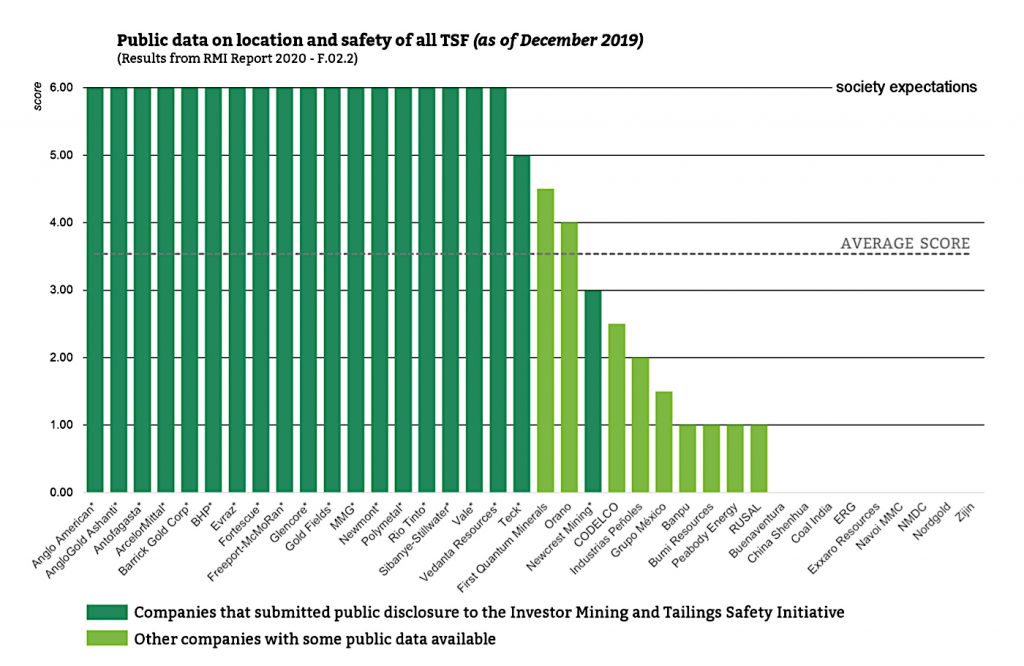China’s environment ministry said on Monday that a tailings breach last month at the country’s largest molybdenum mine was the worse environmental disaster in almost 20 years.
The spillage on March 28 at Yichun
Luming’s tailings storage in the northeastern province of Heilongjiang sent
2.53 million cubic metres of mining waste into the local river system, reviving
fears over the safety of ponds used for tailings.
The waste reached as far as 110 km (68.35 miles) southwest of the mining site, where the chemical oxygen demand reading (DOC) — a measure of water quality — was 5.7 times higher than standard levels, Reuters reported.
While there were no casualties, China’s Ministry of Emergency Management and the Ministry of Ecology and Environment pledged on Friday to conduct centralized investigations of hidden risks at tailings dams.
The inspections, they said in a
jointly held videoconference, will focus on facilities close to residential
areas, out of service for an extended time, or likely to cause major
environmental pollution along the Yangtze and Yellow Rivers.
A 2018 assessment of the site by the Chinese Ministry of Emergency Management concluded that the company and its tailings storage “had serious potential safety risks.” The mine had already been fined at least twice for concerns related to tailings management.
Tailings dams have been under close
scrutiny globally since last year’s tailings dam collapse at Vale’s (NYSE:
VALE) Brazil Córrego do Feijão iron ore mine, which killed 270 people and
contaminated nearby streams.
Until then, there were no set of
universal rules defining exactly what a tailings dam is, how to build one and
how to care for it after it is decommissioned.
Previous effort to improve
processes included the World Mine Tailings Failures, an online database aimed at
exposing the cause of tailing dams disasters, giving direction on how to prevent
them.
Only in the past year, however, have organizations and miners across the globe stepped up efforts to set global standards.

The International Council on Mining and Metals (ICMM), a London-based industry group representing 27 major mining companies, formed an independent panel of experts in charge of developing global standards for tailings facilities.
The Church of England, which
invests in mining companies through its pensions for retired clergy, along with
its partners, launched in April 2019 a global inquiry into mining waste
storage systems of more than 700 resources companies.
It now asks companies to disclose
data on tailings dams on a regular basis.
Switzerland-based Responsible Mining Foundation (RMF) published a study in early April, showing that investor-led action had resulted in improved transparency regarding the state of such facilities.
The vast majority of miners,
however, have yet to demonstrate they are reviewing how they effectively manage
tailings-related risks.
The non-profit, funded by the Dutch
and Swiss governments and some small philanthropic organizations,
said that while a global standard on tailings management is a welcome
initiative, it could be significantly strengthened to become a real
game-changer in terms of tailings safety.
China has nearly 8,000 tailings
dams, the most of any country in the world.
